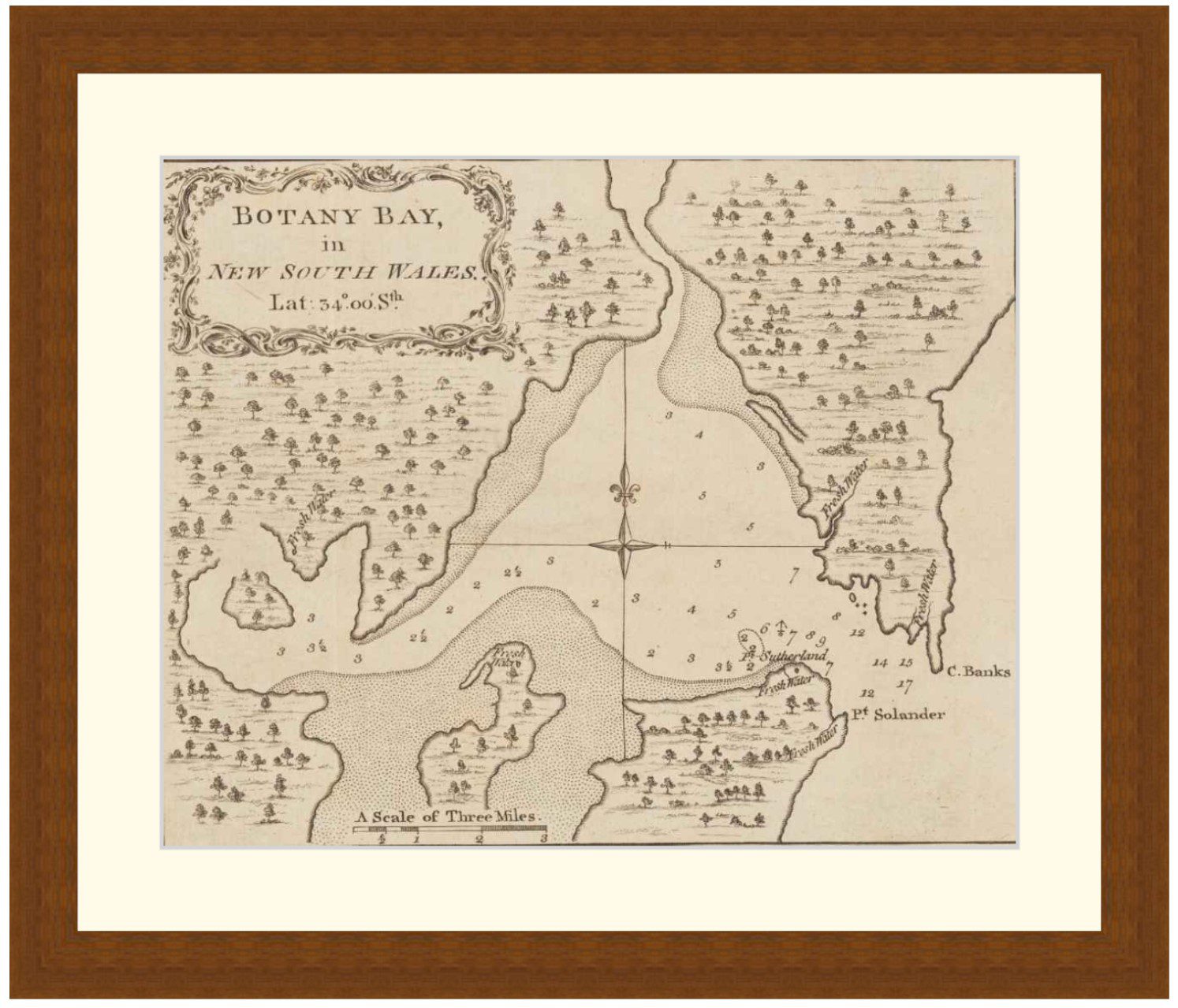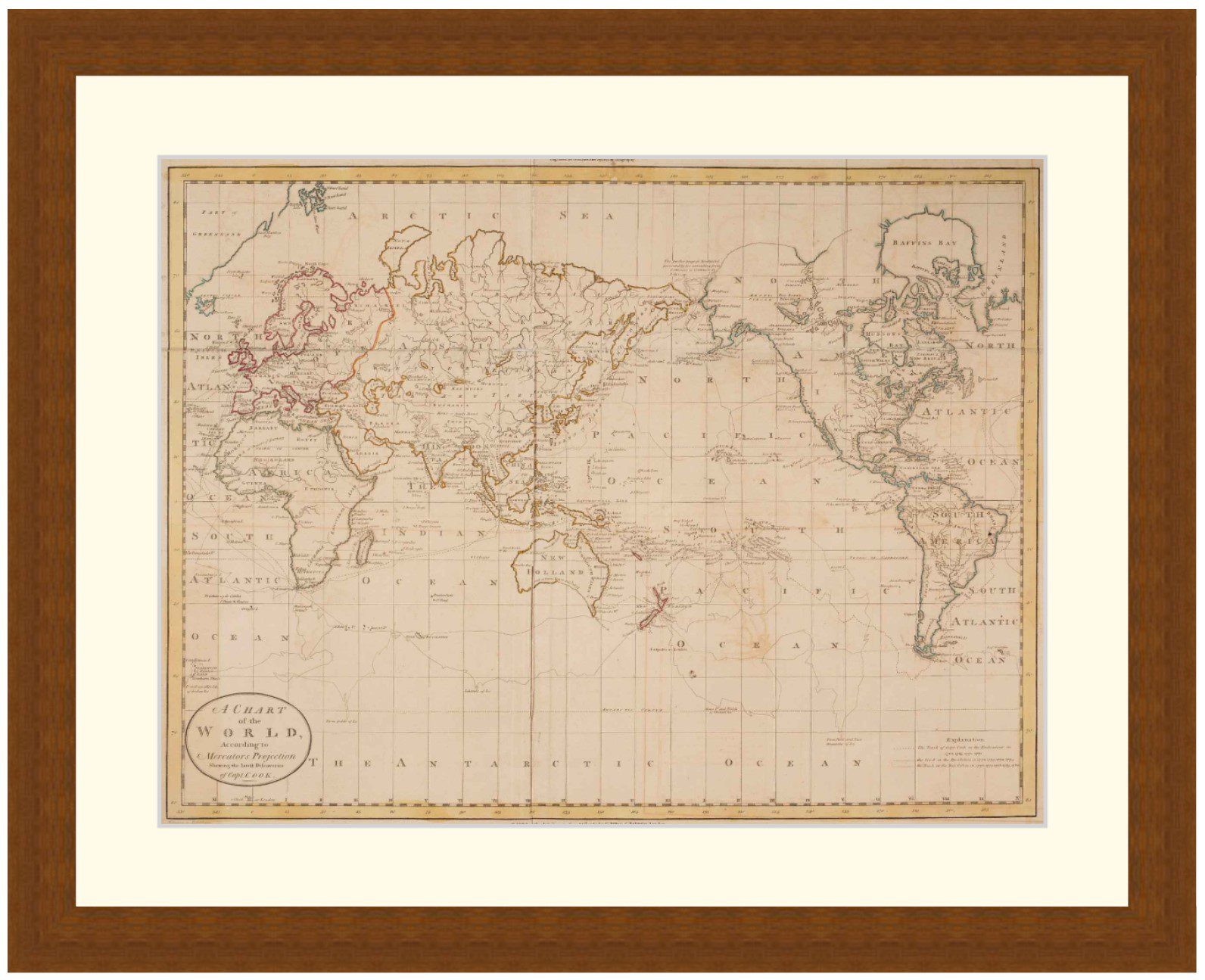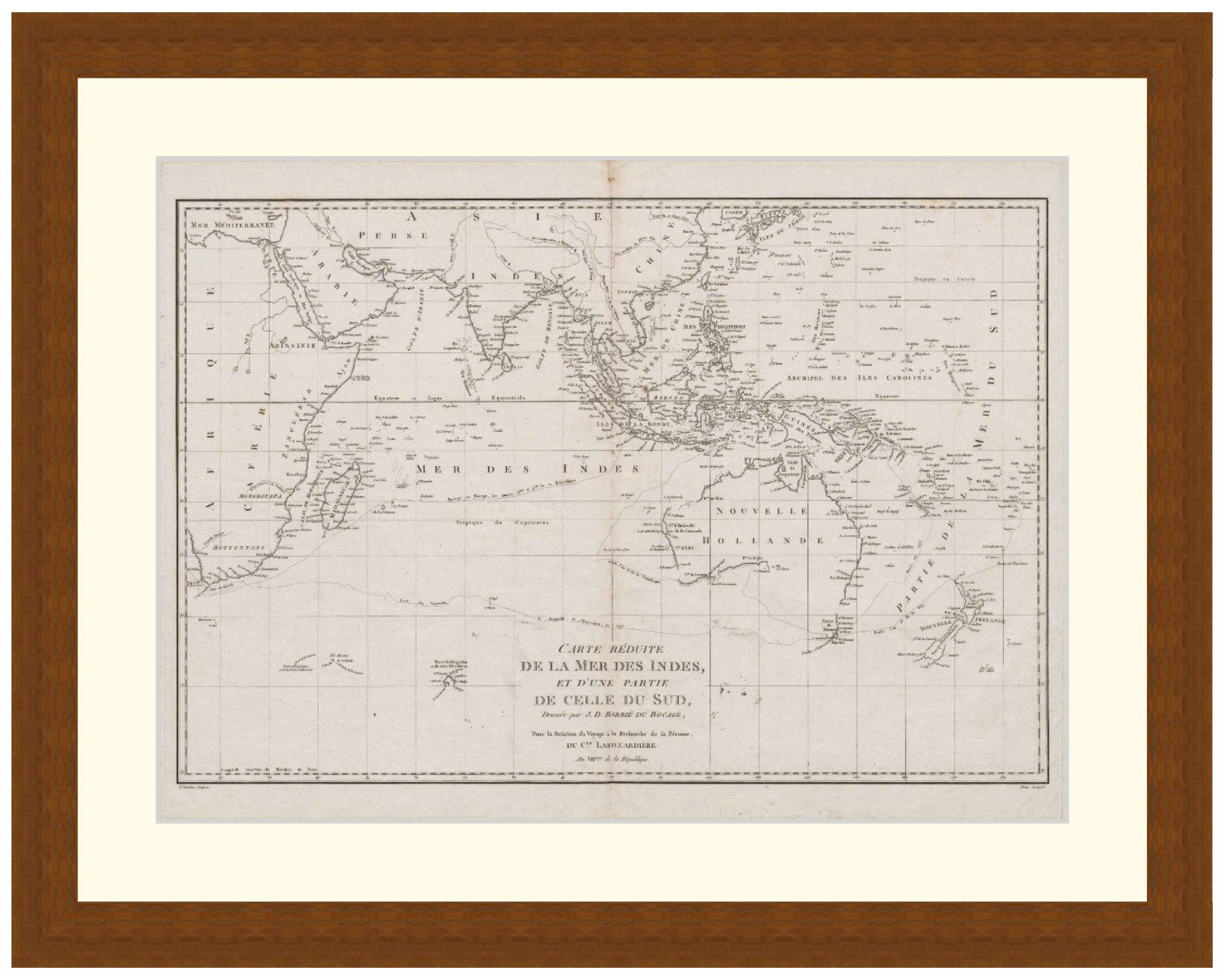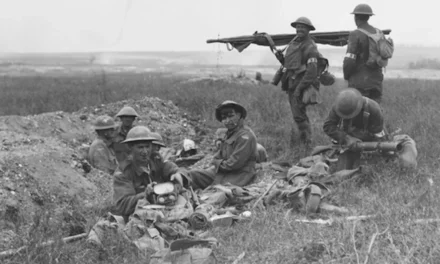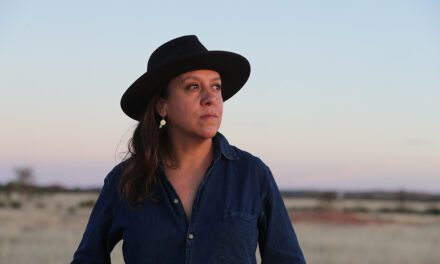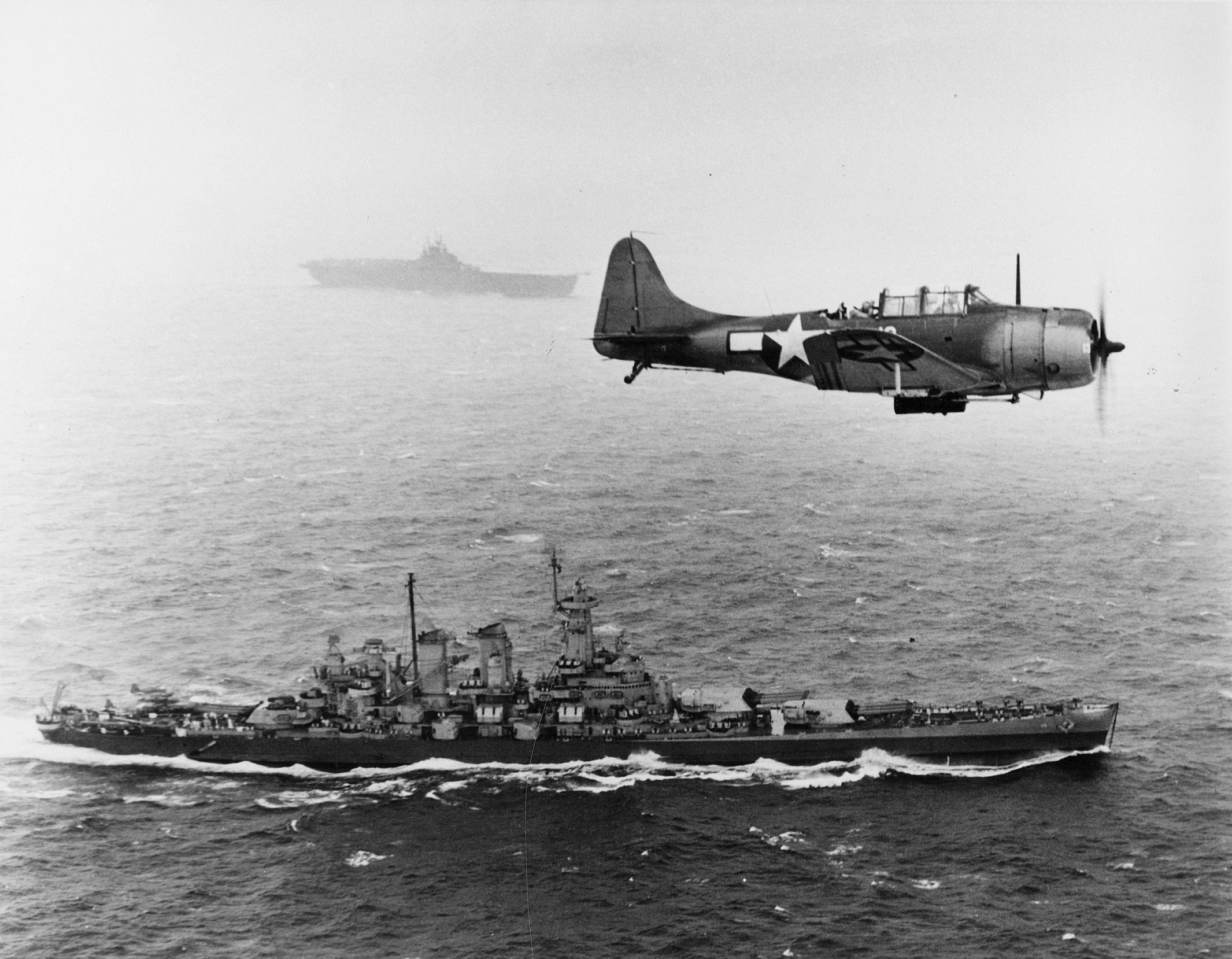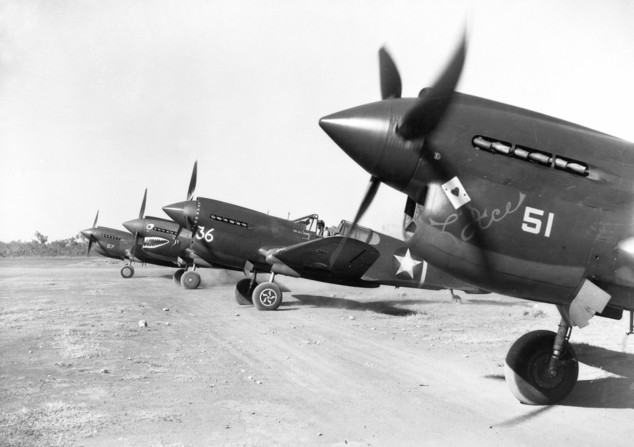
The prelude to the campaign of the 49th Fighter Group covers some of the darkest days of the Pacific War: the fall of Singapore on 15 February; the bombing of Darwin on 19 February during which the Japanese shot down nine of the ten P-40s of Major Floyd Pell’s 33rd Pursuit Squadron; and the sinking of the USS Langley (CV-1) on 27 February, taking with it thirty-two P-40s and thirty-three pilots from the USAAF 13th Pursuit Squadron.
With the Netherlands East Indies and Philippines lost, American reinforcements, including three USAAF fighter groups—two with the Bell P-39 and one with the Curtis P-40E—were reconstituting in Australia. In March, the most advanced group, the 49th Fighter Group, commenced its move to the Top End, where US and Australian units were feverishly constructing airfields and associated facilities. By April, the 49th, under the command of Lieutenant Colonel Paul Wurtsmith, was in situ, with its three squadrons, the 9th, 8th and 7th, located at Livingstone, Strauss and Batchelor, respectively.
This excellent video was created by the Australian Military Aviation History Association. See more of their great videos and information here.
Articles you may also be interested in
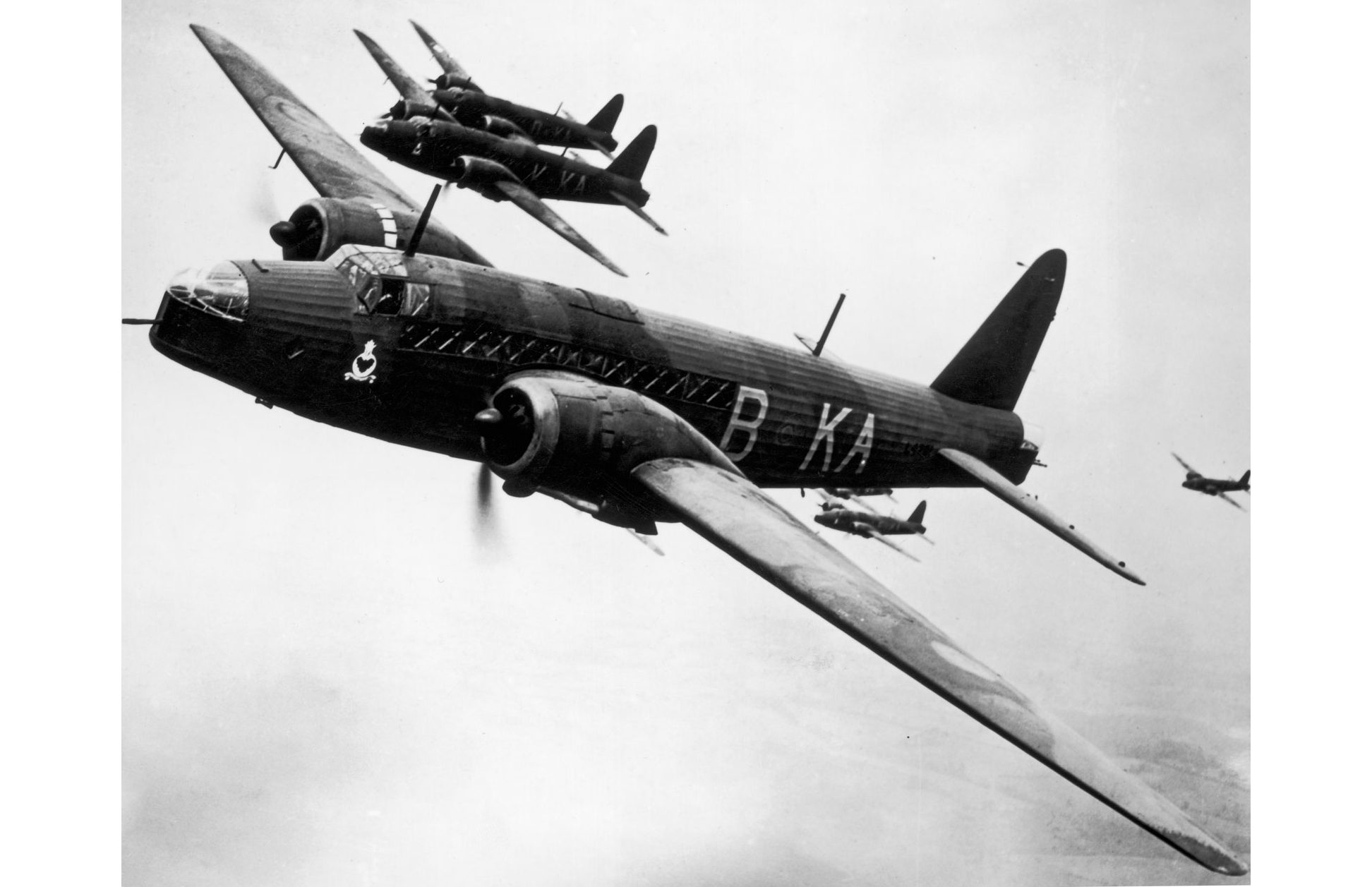
General History Quiz 71
Weekly 10 Question History Quiz.
See how your history knowledge stacks up!
1. What aircraft is this?
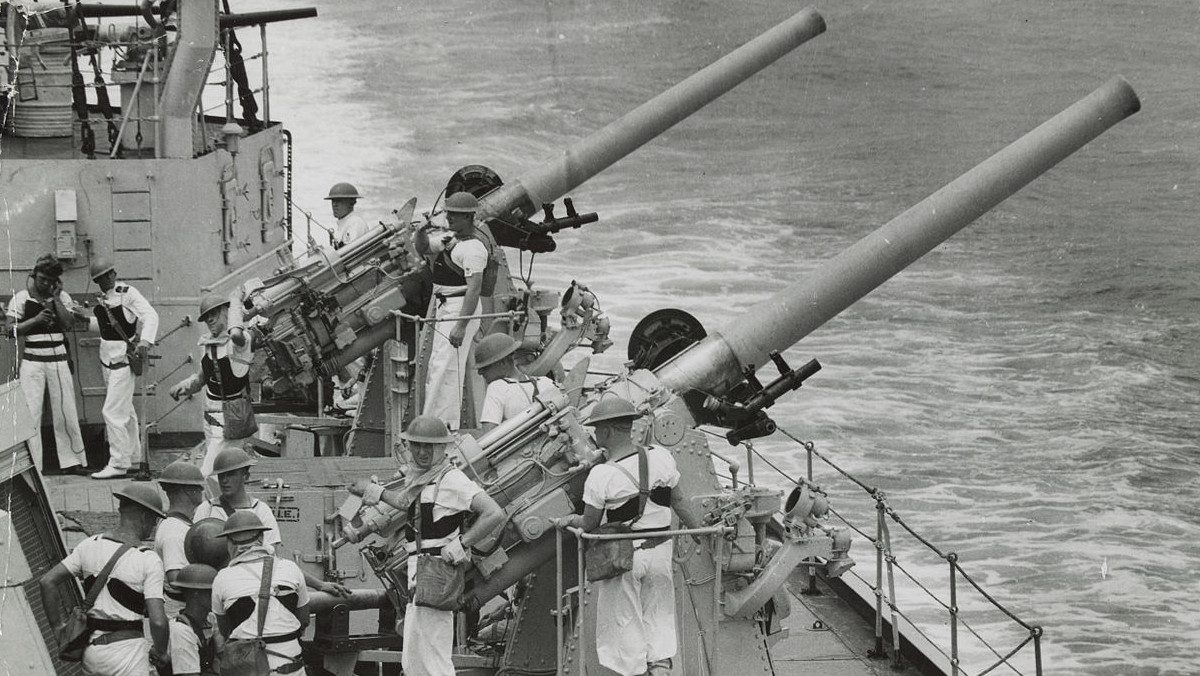
The Battle of Cape Spada: The Australian Navy Proves Its Mettle
Reading time: 9 minutes
The Battle of Cape Spada was a short, violent encounter on the 19th of July, 1940 where the cruiser HMAS Sydney of the Royal Australian Navy sank one Italian cruiser and severely damaged another off the coast of Crete. In this article, we go over the events of that day, as well as what life was like for the crew of the ship.
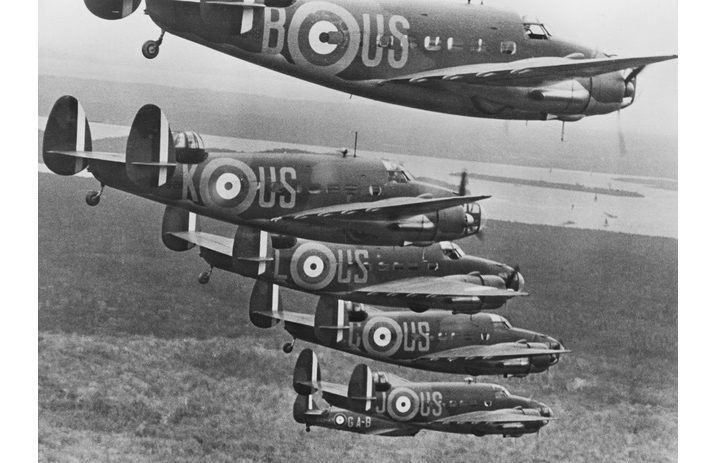
Australia’s first action in the Pacific in World War II a valiant catastrophe
Just before midnight on 7 December 1941, Flying Officer Peter Gibbes stepped off the train at Kota Bharu on the coast of northeast Malaya after a long, tiring journey up the peninsula from Singapore. Gibbes, an airline pilot in peacetime, had been newly posted to the Royal Australian Air Force’s 1 Squadron, which in the […]
The text of this article is republished from The Strategist in accordance with their republishing policy and is licenced under a Creative Commons Attribution-NonCommercial-NoDerivatives 4.0 International License.


